I keep running into formulas in datasheets and articles that appear to be abbreviating pi as 'p'. An example from Ask The Applications Engineer-25: Op Amps Driving Capacitive Loads shows "1/2p..." in many places when calculating frequencies of poles and zeros.
I also see it in a TI datasheet for the OPA627 (see figure 32).
This confused me, because I thought of the SI prefix for pico. Is this common in circuit literature?
